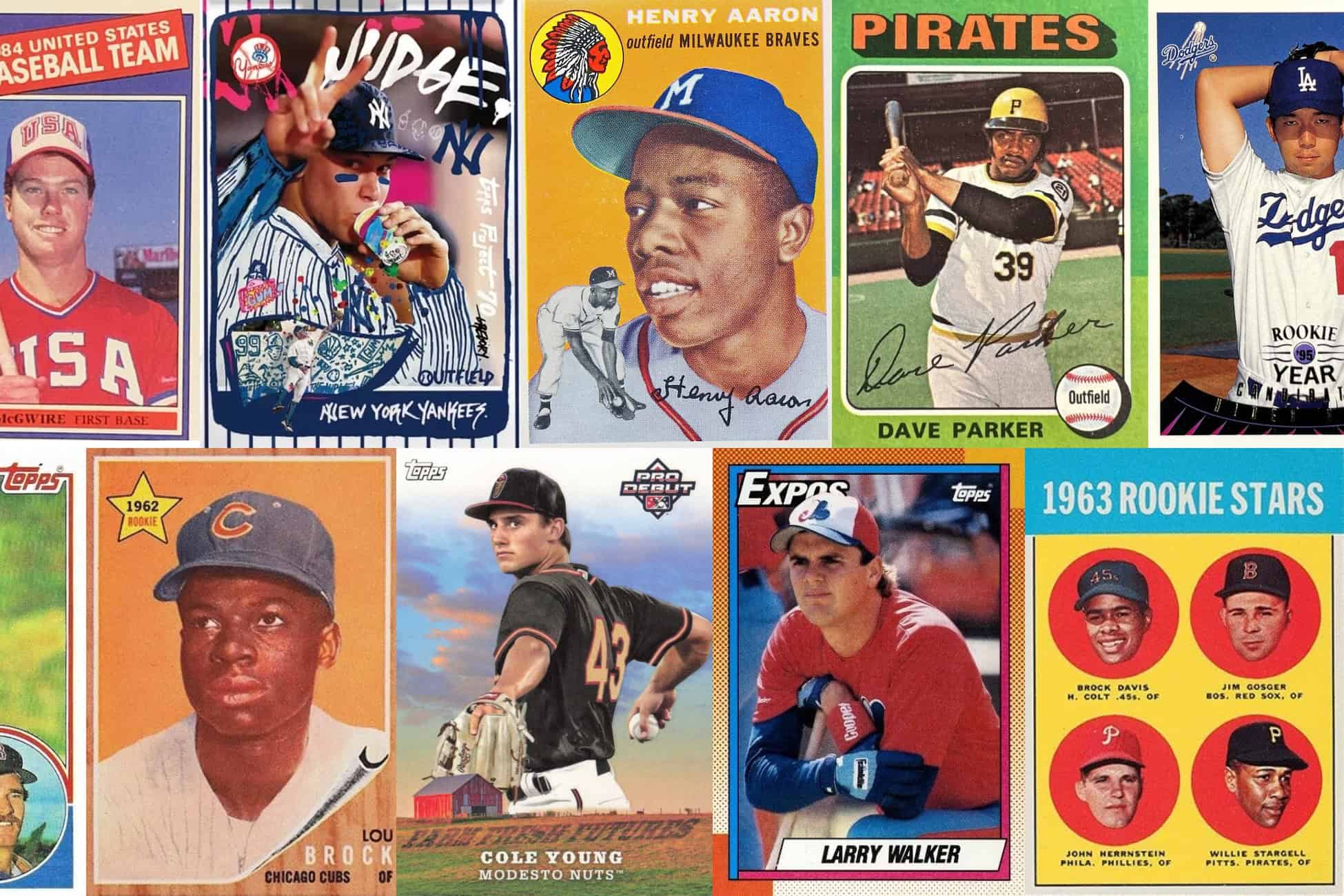For millions of baseball fans, the word “Topps” isn’t just a company name, it’s a portal to childhood memories. The thrill of ripping open packs, and the iconic cardboard faces of baseball heroes, impacted millions. But before Topps became a household name, it was a small family-run business looking for a new direction in postwar America. How did this confectionery giant become synonymous with America’s pastime? Let’s delve into the fascinating Topps history, exploring its origins, iconic cards, and enduring legacy.
The Shorin Family and the Birth of Topps

The origins of Topps baseball cards trace back to the aftermath of World War II. A family-run business in Brooklyn, New York sought a way to expand beyond its traditional line of products. The Shorin family, led by patriarch Morris Shorin, owned the American Leaf Tobacco Company. They imported and processed tobacco for cigars and cigarettes. As the war disrupted international supply chains and American tobacco consumption habits shifted, the family needed a new business direction.
In 1938, Morris’s sons, Abram, Ira, Joseph, and Philip Shorin, took charge. They pivoted the company toward a more consumer-friendly product: chewing gum. They rebranded as Topps Chewing Gum, Inc., believing that the name “Topps” conveyed a sense of superior quality. Their first major product was a penny gum called “Topps Gum.” It was modestly successful, but competition in the gum industry was fierce. They needed a way to stand out.
Raising Funds and Early Success
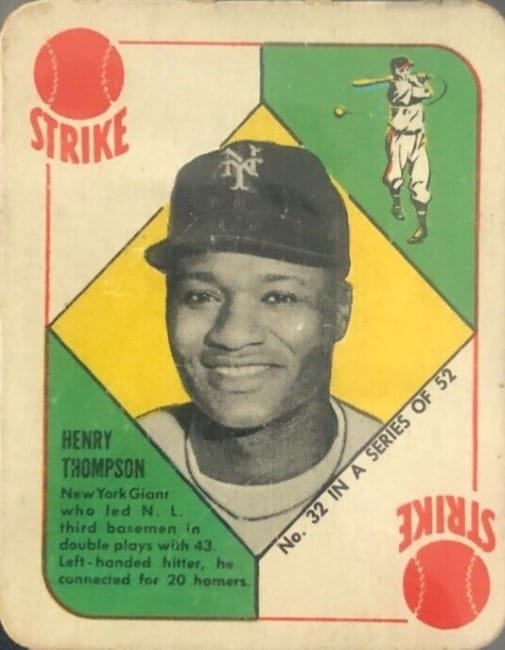
Raising funds for their venture was a combination of using existing tobacco profits and securing investment from local business associates. The Shorin brothers reinvested in modern manufacturing equipment and aggressive marketing strategies. The goal was to produce high-quality gum at a competitive price. A breakthrough came with the introduction of “Bazooka” bubble gum in 1947, which featured comics inside the wrappers to entice young customers. This marketing innovation convinced the Shorins that packaging could be just as important as the product itself.
As the 1950s dawned, the brothers began exploring ways to increase gum sales. At the time, trading cards were growing in popularity, especially in the baseball-mad postwar United States. The Bowman Gum Company had already capitalized on this trend, producing baseball cards that featured popular players alongside sticks of gum. The Shorins saw an opportunity to outdo Bowman by producing better-designed, more engaging cards that kids would clamor to collect.
Topps’ first foray into baseball cards came in 1951 with the “Red Backs” and “Blue Backs” sets. These were designed as part of a simple game. Each card featured a baseball player along with instructions like “Single” or “Strikeout” to simulate a baseball game. While these sets were an improvement, they still lacked the visual appeal that would make baseball cards a true phenomenon.
The Birth of the Modern Baseball Card
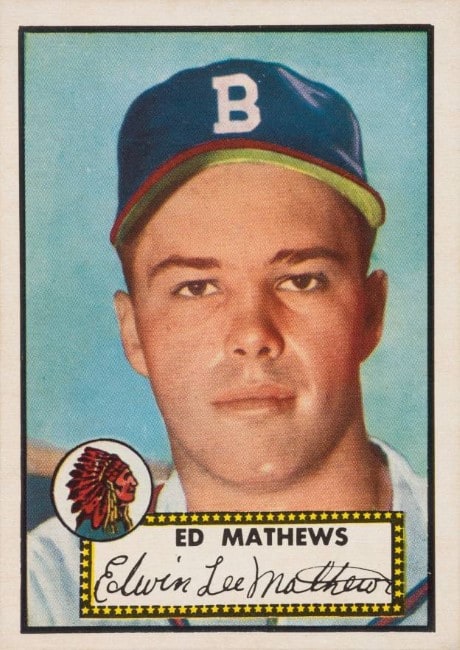
Working from his kitchen table, Berger and his team crafted what would become the modern baseball card. He designed a larger, more colorful card format that included a full-color portrait of the player on the front. He added a facsimile autograph and a bright team logo. The back of the card contained detailed player statistics, biographical information, and a short write-up about the athlete’s career.
To secure player images and statistics, Topps negotiated licensing agreements with Major League Baseball teams and players. Many players were happy to sign on. The inclusion of a small payment for their likenesses made it an easy decision. Meanwhile, the production process was streamlined to ensure cards could be printed in large quantities, sorted into packs, and distributed nationwide.
Early Competition
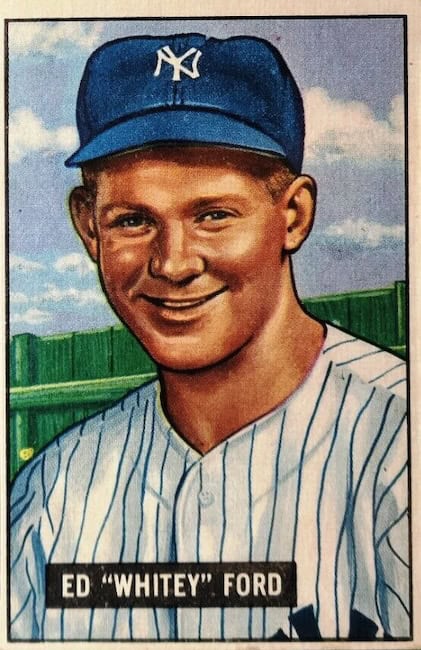
During this period, Bowman was Topps’ main competitor in the baseball card market. Bowman, which was originally the Gum, Inc. company, had been producing baseball cards since the late 1930s and had a strong presence in the industry. By the late 1940s and early 1950s, Bowman had exclusive contracts with many Major League Baseball players, making it difficult for Topps to sign talent for their own sets.
Topps aggressively pursued players by offering better financial deals. By 1952, they had secured enough contracts to produce a large, visually striking set that overshadowed Bowman’s offerings. This competition culminated in a series of legal battles over player contracts, which lasted until 1956. Topps ultimately bought out Bowman and absorbed its assets, securing its position as the dominant force in the baseball card industry. (Today, Topps produces cards under both names, with Bowman known as the “prospect section” of the company.)
Most Famous Topps Baseball Cards
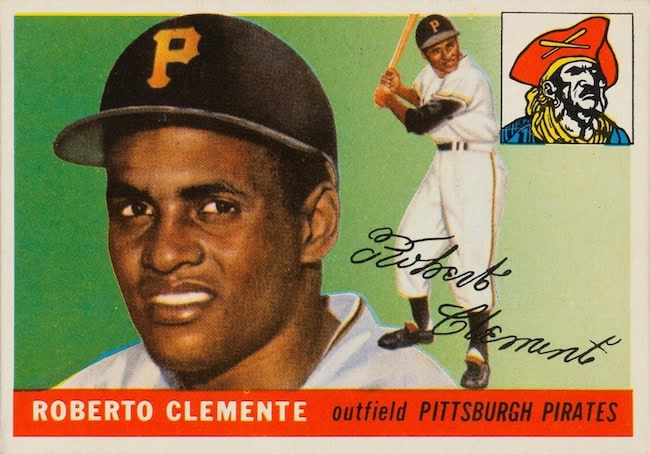
Topps has released thousands of cards in the history of the company, but some rise above the rest. Here are five famous cards:
2009 Bowman Chrome Draft Prospect Autographs Mike Trout Rookie #BDPP89: Mike Trout cards are iconic, and this early, autographed rookie is a collector’s dream. Some of Trout’s 1/1s have sold for six- and seven-figures; this one isn’t that expensive, but it’s still a gem.
1952 Topps Mickey Mantle #311: This card, featuring a young Mantle in his New York Yankees pinstripes, is the holy grail for collectors. Its record-breaking sale of $12.6 million in 2022 solidified its status as the most valuable baseball card ever. Fun fact: Topps almost didn’t include Mantle in the set due to his rookie status!
1953 Topps Jackie Robinson #1: Robinson’s place in baseball history is unquestioned. Although not his rookie card, this card is beloved by collectors due to its beautiful artwork and the vibrant red, white and blue colors.
1955 Topps Roberto Clemente Rookie #164: This card immortalizes the beloved “Number 21” in his Pittsburgh Pirates debut season. Clemente’s tragic death in 1972 elevated the card’s value and significance, making it a cherished piece of baseball history.
1969 Topps Reggie Jackson Rookies #260: Unlike many other cards of the era, Reggie Jackson didn’t have to share his rookie card with his fellow freshmen MLBers. This card also happens to be one of the most expensive of all-time, with one copy selling for over a million dollars.
Expanding the Topps Legacy
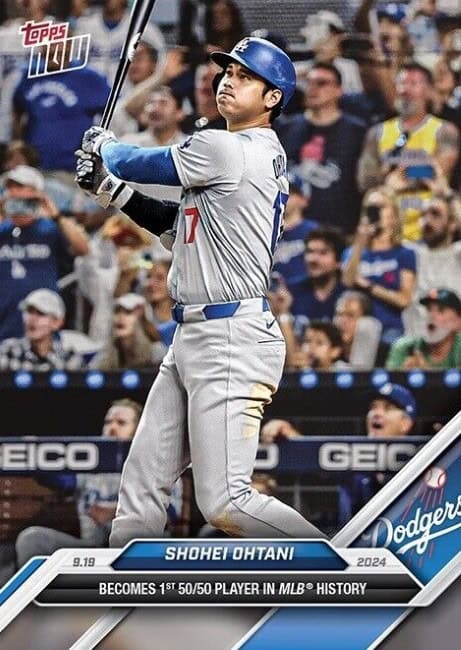
Today, Topps continues to thrive as a leader in the baseball card industry. They operate many distinct brands that appeal to different segments of collectors. One of its most recognizable brands is Bowman, which Topps acquired in 1956 after a heated rivalry in the early 1950s. Bowman remains the go-to brand for prospect collectors, as it focuses on minor league players and rookies before they become stars.
Another successful Topps brand is Allen & Ginter. This line pays homage to the 19th-century tobacco cards of the same name. These sets feature artistic, vintage-style designs and often include quirky non-baseball subjects, making them a favorite among collectors who appreciate the artistic side of the hobby.
Topps has also embraced digital and real-time collecting innovations. Topps Now, launched in 2016, allows collectors to purchase limited-time cards that commemorate major moments in baseball as they happen. These cards are printed on demand and are only available for 24 hours, creating a new kind of exclusivity in the hobby. Additionally, Topps has expanded its online presence through Topps.com, offering exclusive sets, autographed memorabilia, and collaborations with contemporary artists.
These brands, along with others like Stadium Club and Heritage, ensure that Topps continues to be at the forefront of baseball card collecting while honoring its rich history.
Conclusion
Through strategic fundraising, smart design choices, and an understanding of the youth market, the Shorin brothers transformed Topps from a struggling gum company into the premier producer of baseball cards, an industry that would become a cornerstone of American pop culture. Their vision and risk-taking paid off, ensuring Topps’ place in history as the company that revolutionized the baseball card hobby.
